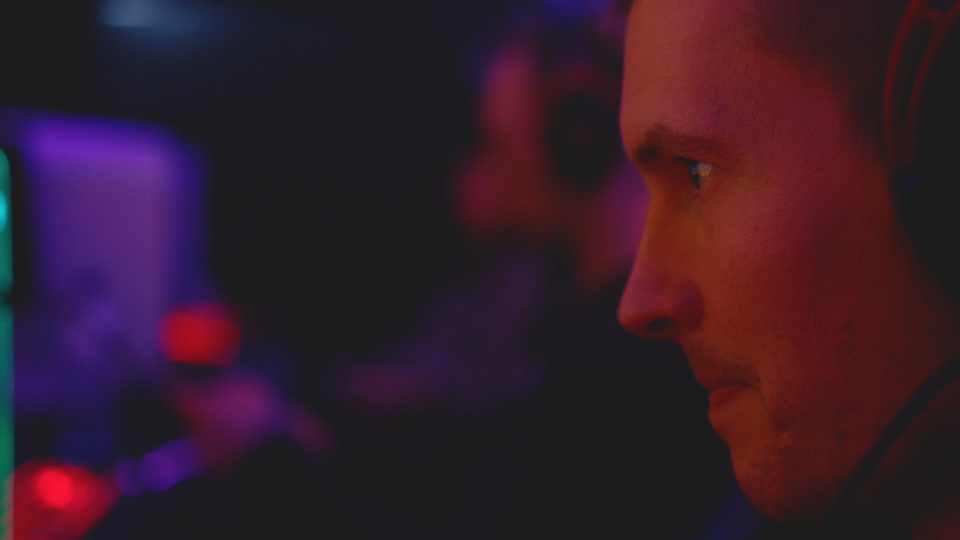Opinion: Looking on the other side of glossy, commercial esports: Why we need to look across Europe when defining a “European model” of grassroots esports
30/01/2024

Esports, and gaming in general, is one of the biggest and fastest growing industries all around the world. Only in 2023, it generated revenue of around 3.8 billion USD. If the industry keeps growing at this pace, the annual growth rate is expected to be 8.62%. Just like in any other sports, there are significant inequalities between continents, let alone between European countries.
When we look at esports around the globe, the flagship countries are South Korea, with the wide popularity of Starcraft (which prompted the need for the world’s first esports associations), and Japan, which has followed on from a booming arcade industry, as in North America. Since 2000, several major tournaments have been organised all around the world and, due to players traveling across continents to participate in these tournaments, esports is clearly a global phenomenon. However, esports teams and communities are formed mainly in individual countries or cities.
It is an urgent step forward to define a “European model” of grassroots esports, as different European esport communities face distinct challenges on how to form clubs, communities or tournaments. Scandinavian countries possess a great competitive esports and community-building history, just to think of the birth of the Dreamhack series, which turned from a gaming event to one of the fiercest esports competition series of the year. The approval of esports is higher in these countries than in Central European countries.
Scandinavian countries were more prepared for the boom of online video gaming, as their internet connections became a lot more stable and faster in the early 1990s. If we look at the winners or top five teams and players at major tournaments, Swedish players regularly appear on the rosters. For teams in the north, it has been easier to gain sponsors and social recognition. When it comes to Central European countries, like Hungary, hosting a tournament or a social event has often been a zero-sum game, with funding always being a key factor. The goal is to find a universal model that gives advice to representatives of each European country, but this demands a tremendous amount of preparation.

Unlike in East Asia or North America, the player base is fragmented in Europe. And if we look at esports awareness across the EU countries, including esports’ penetration, age distribution, channels of esports consumption, preferred genres, it is clear that it will be quite a challenge to arrive at a universal model that will be true for every country.
Just like in traditional sports, esports consist of multiple game genres and the connection between these are rare but not uncommon. League of Legend players, for example, are more likely to watch a rocket league tournament, while a Counter-Strike: Global Offensive player usually watches other FPS tournaments or FIFA games. From these connections, a European model could also be created to build a living offline community.
Overall, European countries face distinct challenges in esports if one looks at disparities in revenue, size of the gaming communities and proportion of professional esports players. Many countries are more technologically advanced than others and have better political and economic support. At the same time, the rise of competitive video gaming has become an ultimate and inevitable part of community building, so grassroots esports has unique potential in creating the basis for getting esports- and gaming-loving people together.
Posted on 30/01/2024 by Patrik Katona, External export of HUNESZ

